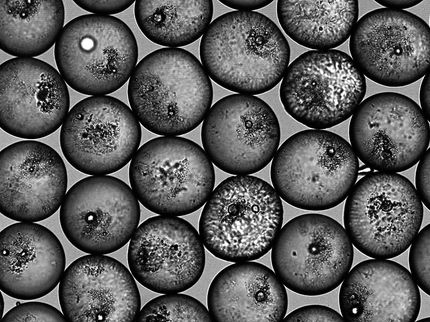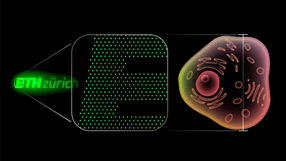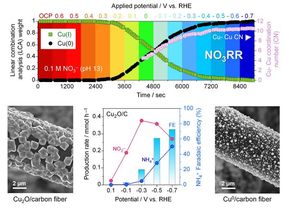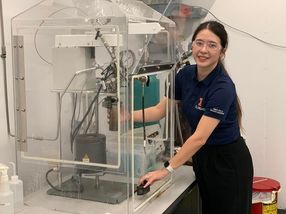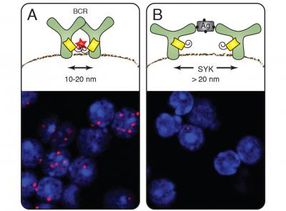Pearly perfection
Advertisement
The mystery of how pearls form into the most perfectly spherical large objects in nature may have an unlikely explanation, scientists are proposing in a new study. It appears in ACS' journal Langmuir.
Julyan Cartwright, Antonio G. Checa and Marthe Rousseau point out that the most flawless and highly prized pearls have perhaps the most perfectly spherical, or ball-like, shape among all the objects in nature that are visible without a microscope. Pearls develop as nacre (mother of pearl) and other liquids accumulate around grains of sand or other foreign objects inside certain oysters and other shellfish. But how do pearls grow into such perfect spheres?
The answer, they say, may be relatively simple — with developing pearls having a saw-toothed, or ratchet-like, surface. That texture generates forces that make the pearl turn inside the oyster's tissues in response to movements in the environment. The result is a spherical build-up of nacre and other textures. Rotating pearls are a perhaps unique example of a natural ratchet, the scientists say.
Other news from the department science

Get the chemical industry in your inbox
By submitting this form you agree that LUMITOS AG will send you the newsletter(s) selected above by email. Your data will not be passed on to third parties. Your data will be stored and processed in accordance with our data protection regulations. LUMITOS may contact you by email for the purpose of advertising or market and opinion surveys. You can revoke your consent at any time without giving reasons to LUMITOS AG, Ernst-Augustin-Str. 2, 12489 Berlin, Germany or by e-mail at revoke@lumitos.com with effect for the future. In addition, each email contains a link to unsubscribe from the corresponding newsletter.



